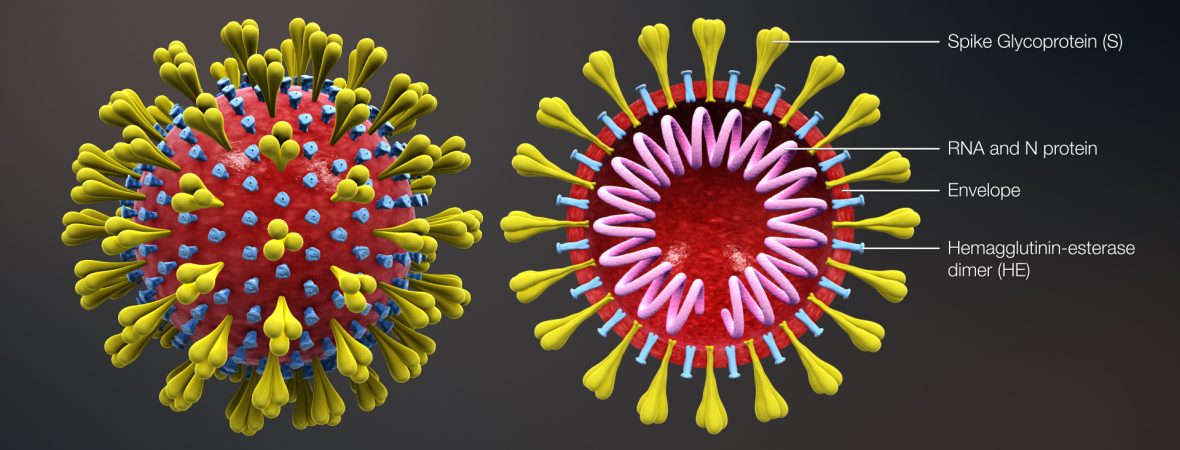
As of February 7, China’s National Health and Health Commission had received a total of 31,261 confirmed cases of the 2019 Novel Coronavirus (2019-nCov) outbreak and 26,359 suspected cases, which was a leap of 4,833 from the day before. As of February 8, the 2019-nCoV had killed 725 people, all but one of them in China.
Like SARS, HIV, Ebola, and influenza, the 2019-nCoV is an RNA virus. Its single-strand structure makes it more susceptible to mutation and more difficult to develop vaccines for. In mid-January, Chinese scientists isolated the first 2019-nCoV strain and published its genetic sequence to aid in independent detection of the virus. The World Health Organization categorizes 2019-nCoV risk as “Very High” in China and “High” in the rest of the world. Globally, there are now 15 laboratories providing reference testing for the virus.
The crucial step now is to develop matching vaccines and drugs to uproot its existence, and China’s big tech companies have stepped up to help.
On January 29th Alibaba Cloud made its AI computing capabilities free to global public research institutions to help expedite virus gene sequencing, new drug R&D, and protein screenings. The cloud arm of China’s e-commerce giant has already broken the world record for high-precision whole-genome sequencing — doing in 15 minutes what used to take scientists 120 hours.
Beijing-based Global Health Drug Discovery Institute (GHDDI) and Alibaba Cloud also jointly launched a big data platform archiving historical drug R&D for coronaviruses such as SARS and MERS to make relevant preclinical and clinical information available and provide a platform to study new virus variants.
Coronavirus RNA sequences are very spatially fluid. These structures can determine the function of RNA, which in turn can help in the design of molecular drugs and molecular detectors. Using classic algorithms to recognize the RNA sequence may be prohibitively time-consuming, as the coronavirus genome is one of the longest among all RNA viruses, reaching 30,000 Bases.
Deep learning algorithms are much more adept at such large-scale parallel repetitive calculations: the Baidu linear time “LinearFold” algorithm takes 27 seconds to solve the RNA secondary structure of the 2019-nCoV — 120 times faster than the top classic algorithms.
On January 30, Baidu Research Institute opened LinearFold to global genetic testing institutions, epidemic prevention centres and scientific research centres for free. It is hoped this can continue to accelerate research and prediction on the 2019-nCoV RNA structure.
On February 8, Baidu opened its Smart Cloud Tiangong IoT platform to epidemic prevention-related projects and national epidemic prevention enterprises as part of the company’s “AIOT Epidemic Shield Program,”
Most Chinese hospitals are presently using the common nucleic acid detection approach to confirm their diagnosis of suspected 2019-nCoV cases. This manual method however can only detect parts of virus genes, and loses accuracy when facing mutations. From a patient’s perspective, nucleic acid detection also means waiting many hours for diagnosis confirmation, and potentially being quarantined even longer in the case of local or regional outbreaks.
All of the Alibaba DAMO Academy AI algorithms employ a whole genome detection approach, whereby the whole genome sequences of a virus are considered. This method can effectively prevent errors such as false negatives caused by virus mutation, and reduce the time required for genetic analysis of suspected cases to about 30 minutes.
The technology is now available on an automated genome detection and analysis platform jointly launched by the Zhejiang Province Centers for Disease Control and Prevention, Alibaba Medical AI team, and Jieyi Biotechnology Company.
Source: Synced

















